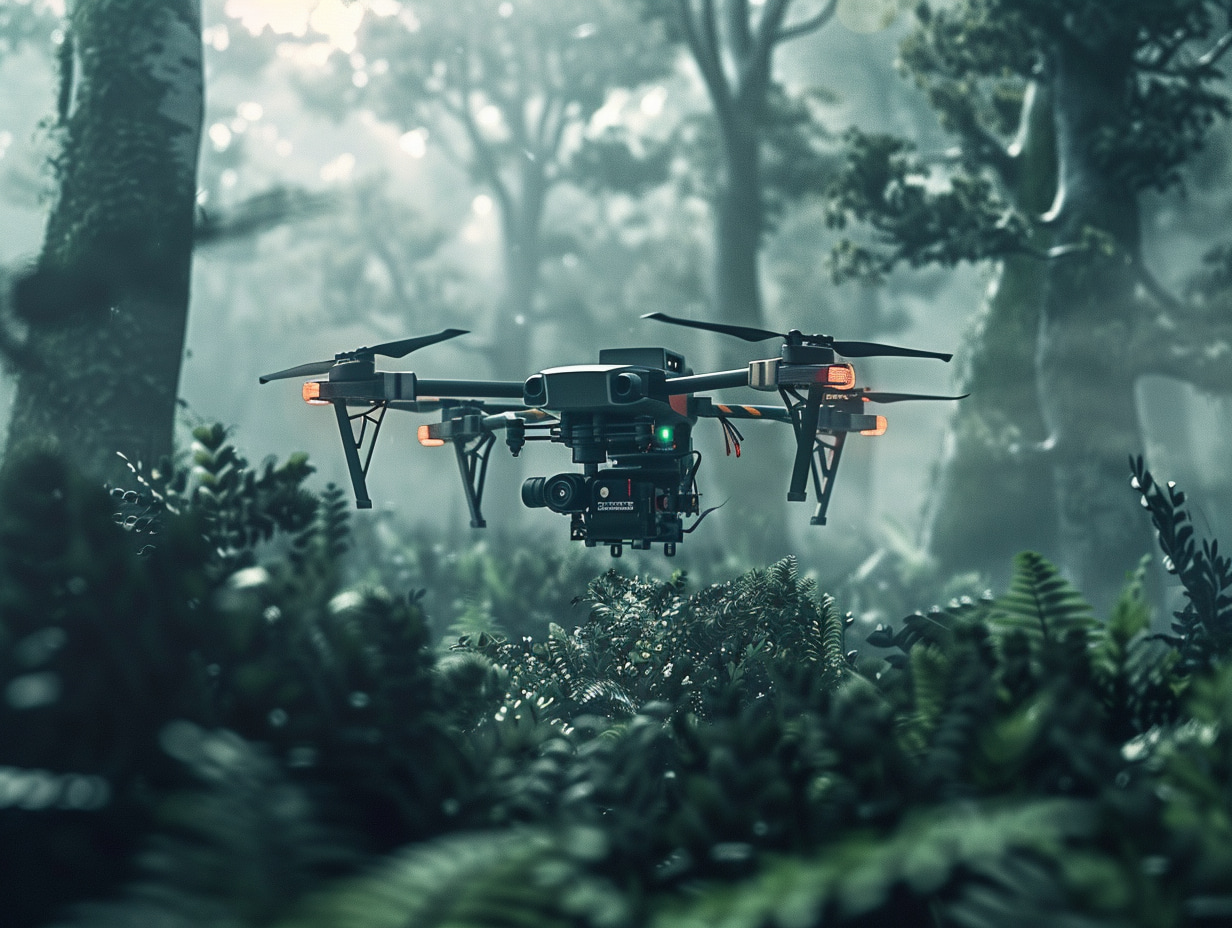In the past, drones were seen as flying devices with cameras controlled remotely by people. However, they are gradually becoming much more advanced and intelligent with the infusion of AI technology.
One could say that the integration of AI is essentially giving drones a brain. They’re no longer just flying machines; they’re becoming capable of making decisions, analysing data, and even learning on their own.
Chinese Engineers Develop Fleet of Autonomous AI Drones
CGTN reported Monday that researchers at Zhejiang University in east China have developed a fleet of miniature drones that are capable of manoeuvring forests and complex environments through AI technology without needing human inputs.
“While traditional drones require skilled operators to control their flight with a remote controller, we have chosen to let drones make their own decisions, granting them the ability to perceive and observe the environment, make decisions and exercise control without human intervention,” said one of the engineers, Zhou Xin.
The developers said the drones autonomously communicate with each other to move and avoid obstacles using satellite navigation systems. The drones use AI to learn and generate 3D maps of their surroundings so they can move freely.
“Leveraging this 3D mapping, drones can navigate freely and ensure collision-free movement. Moreover, collaborative algorithms have been developed to facilitate recognition and understanding among multiple drones, allowing for effectively controlling the entire fleet,” said Zhou.
The engineers highlighted that the breakthrough is particularly helpful in search and rescue operations.
AI Drone Could Be a Lifesaver
In the aftermath of a disaster, every second counts. Search and rescue (SAR) teams race against the clock to locate survivors, but navigating treacherous landscapes and debris-filled zones puts them at risk.
Traditionally, SAR missions relied on human analysis of drone footage, which is often a time-consuming process. But AI drones can now analyse camera feeds and sensor data in real-time, pinpointing potential survivors in images and videos with lightning speed.
But AI’s contributions go beyond speed. Drones can be trained to recognise specific objects like people, vehicles, or signs of life, even in cluttered environments. Thermal cameras, coupled with AI analysis, can detect body heat signatures through smoke and debris or in low-light or bad weather conditions.
From Zero to Web3 Pro: Your 90-Day Career Launch Plan
 Drones Are Becoming More Than Just Flying Camera With AI
Drones Are Becoming More Than Just Flying Camera With AI